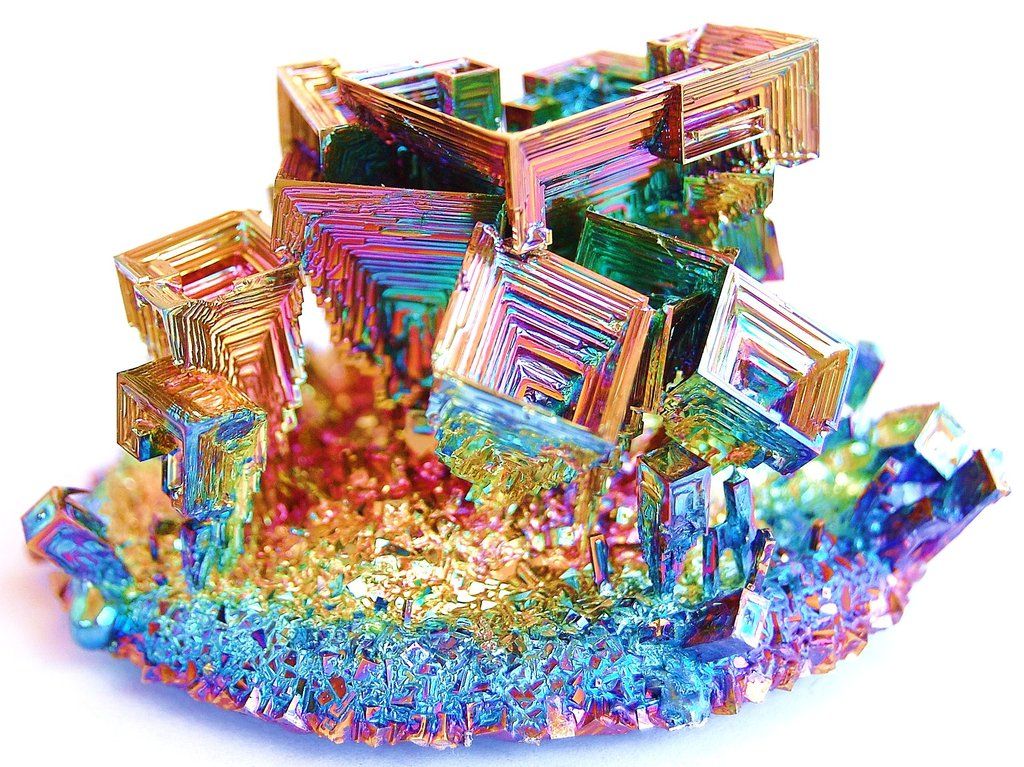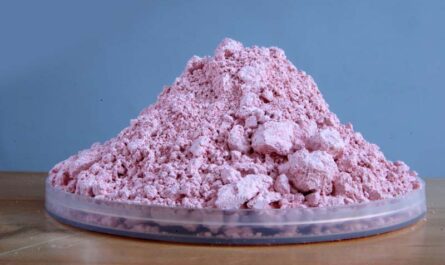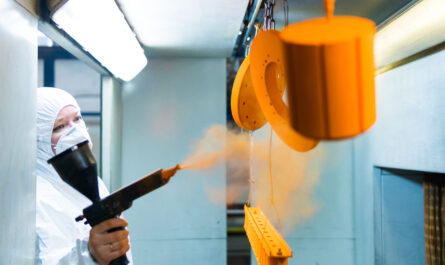Bismuth is a little-known metal that has some truly unique properties. With a silvery white color, bismuth is quite unlike other metals and displays attributes that make it stand out from the crowd. Let’s take a closer look at what makes bismuth so special.
Crystalline Structure
Bismuth has a crystalline structure that gives it distinct physical characteristics. At room temperature, bismuth has a rhombohedral crystal structure that allows it to shear more easily than other metals. This gives bismuth the unusual ability to be easily cleaved or flaked apart along planes. In fact, bismuth can be cleaved with a knife due to its soft, metal-like nature.
When cooled slowly, the crystal structure transforms into a lower-symmetry orthorhombic structure. This polymorphic phase transition gives bismuth its colorful and intricate crystalline patterns that have fascinated scientists for years. Slowly cooling melted bismuth results in spectacular iridescent crystalline formations visible to the naked eye. The various crystal patterns and rainbowlike luster make bismuth a favorite element for crystal growing experiments.
Low Melting Point
With a melting point of only 271.4°C (520.5°F), bismuth has one of the lowest melting points of any metal. This places it well below common metals like lead (327°C), tin (231.9°C), or zinc (419.5°C). In fact, bismuth melts about 50°C above room temperature.
Bismuth’s low melting point gives it useful applications. For example, it is used in fusible alloys for automatic circuit breaking and overcurrent protection devices. These alloys melt at low temperatures to break electrical circuits in case of overloads or short circuits. Bismuth is also used as a component in low-melting-point solders, fire sprinkler heads, and fusible inserts for cast iron.
Unique Thermal Properties
Bismuth has some unusual thermal properties that differentiate it from other metals. It has an unusually high coefficient of linear thermal expansion — almost double that of most other metals. This means bismuth expands greatly under even small increases in temperature.
Another distinctive thermal characteristic is that bismuth has an unusually low thermal conductivity compared to most metals. In fact, its thermal conductivity is lower than that of plastics like polycarbonate and polystyrene. This poor heat conduction makes bismuth an effective thermal insulator and gives it applications in castings for instruments requiring thermal equilibrium.
Finally, bismuth exhibits the unusual thermodynamic phenomenon of a negative volume coefficient of thermal expansion below a certain temperature. This means its volume decreases slightly as temperature increases in this range, unlike most substances that expand with rising temperature. Bismuth’s distinctive thermal traits stem from its unique crystalline structure.
Non-Toxic and Eco-Friendly
Unlike many other heavy metals, bismuth is non-toxic even in large doses. The Environmental Protection Agency has approved bismuth compounds as safe color additives for cosmetics. In fact, one of the earliest traditional uses of bismuth was in medicines for digestive ailments due to its non-toxic nature.
Bismuth’s low toxicity is a key advantage that makes it an eco-friendly substitute for toxic elements like lead. It has already replaced lead in applications such as ammunition, plumbing systems, solder, and glass pigments. As environmental regulations further restrict the use of hazardous metals, bismuth’s non-toxicity will become increasingly valuable forgreen applications.
Its Applications
Though not as common as other metals, bismuth has important uses thanks to its unique properties. Key applications of bismuth include:
– Pharmaceuticals: Bismuth subsalicylate, sold under the brand name Pepto-Bismol, is a commonly used antacid and treatment for diarrhea. Other bismuth pharmaceuticals are used to treat ulcers, burns, and skin conditions.
– Cosmetics: Bismuth oxychloride is a popular pearlizing agent that gives skin and nail products a pearly sheen. It is widely employed due to its non-toxicity.
– Alloys: Bismuth alloys are used in fusible inserts, safety devices, low-melting point solders, fire sprinklers, and casting of dental amalgams. Common alloys utilize bismuth’s low melting point.
– Nuclear/Industrial: Bismuth’s high neutron absorption cross-section makes it useful for control/safety rods in nuclear reactors. It is also employed in radiation shielding.
– Others: Additional niche uses include lubricating greases, metal coatings, ceramic glazes, optics, and certain scientific equipment requiring thermal equilibrium.
In summary, bismuth stands out from other metals due to its unique crystalline structure, low melting point, thermal traits, and eco-friendly nature. These unusual properties give bismuth important roles across industries like pharmaceuticals, cosmetics, alloys and more. Though a small volume metal, bismuth makes a big impact thanks to its distinctive qualities.




